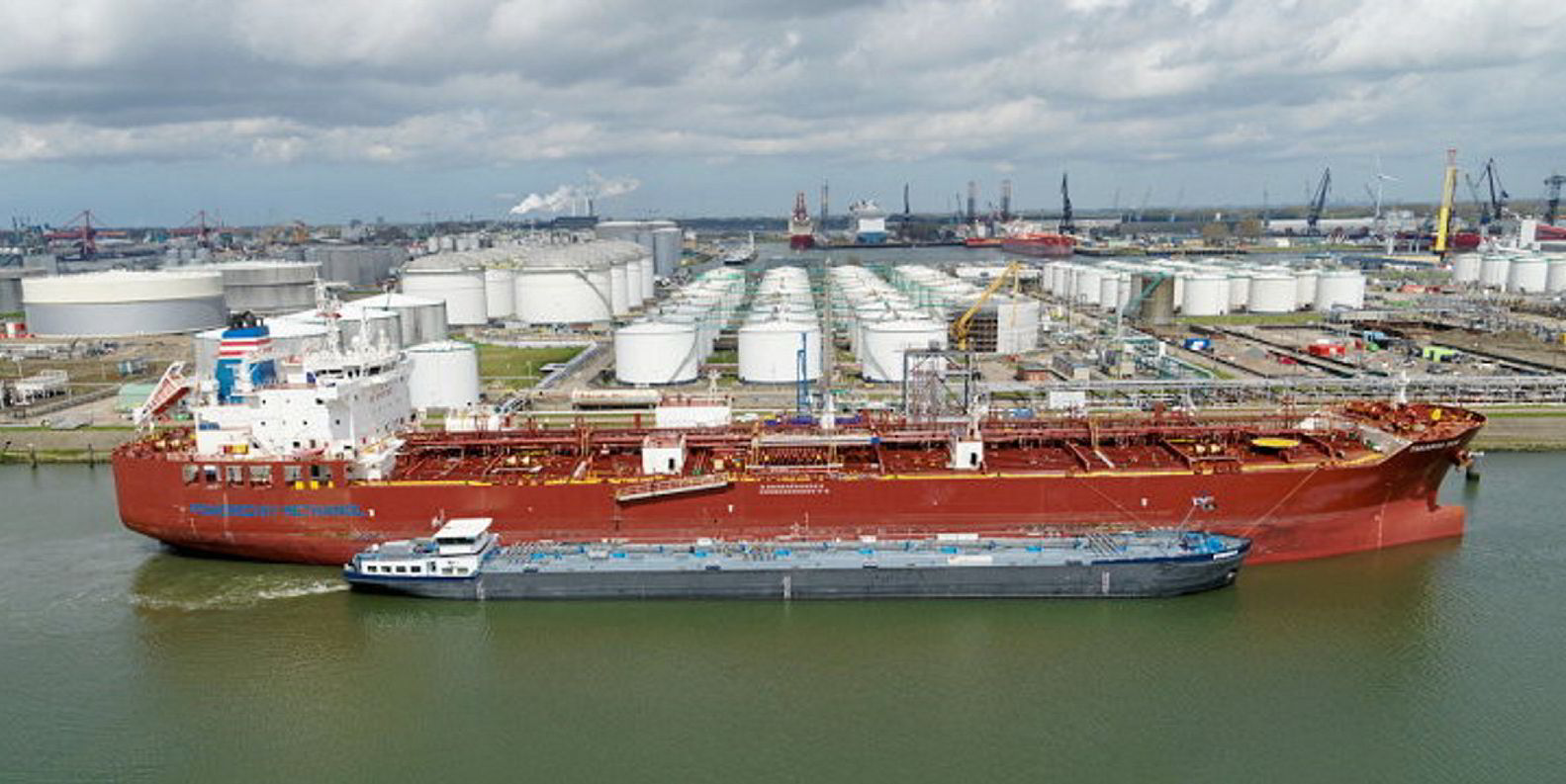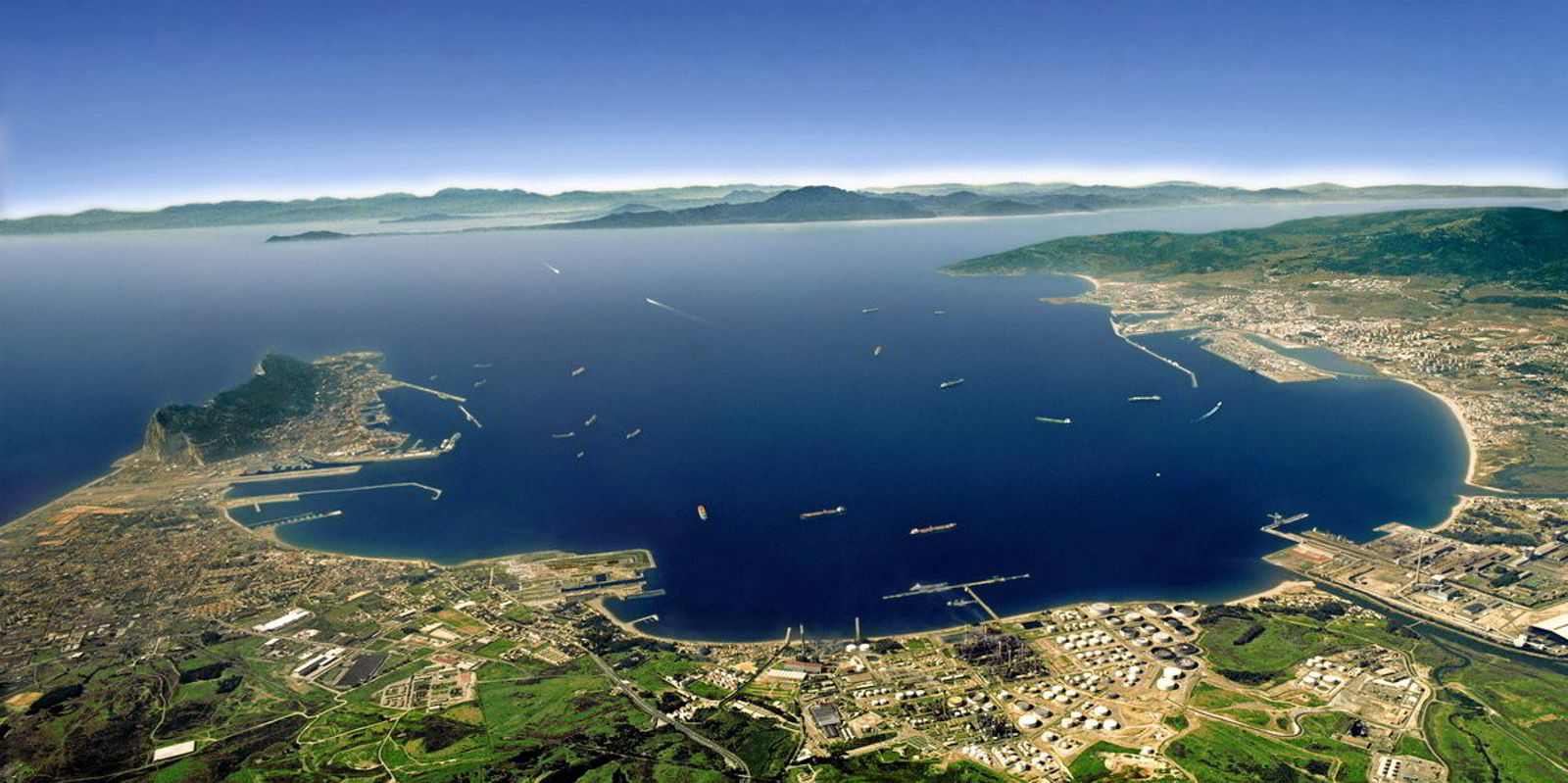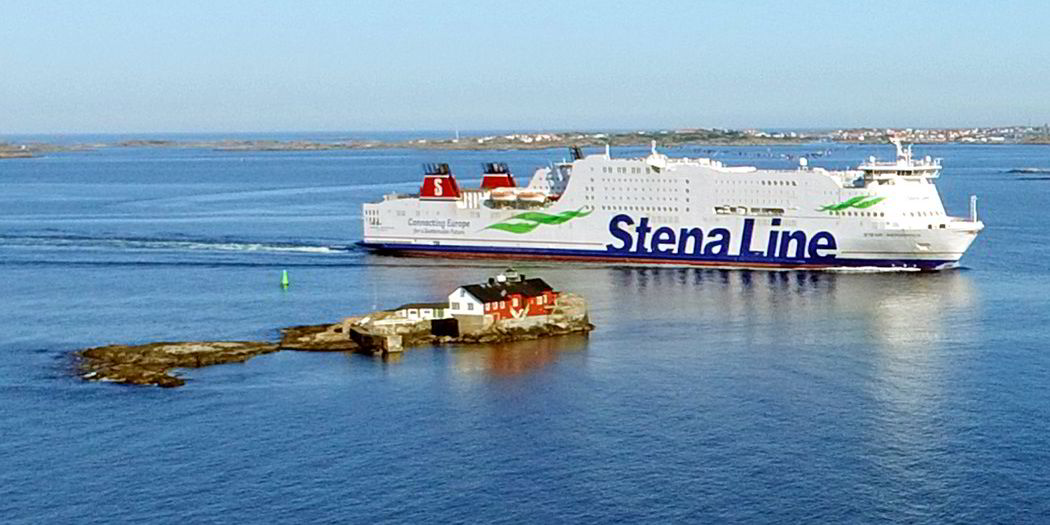Rotterdam, one of the top three bunkering ports in the world, expects to see regular methanol bunkering from summer this year.
The Dutch port reported sales of 1,500 tonnes of methanol bunkers in 2022 — 500 tonnes in the third quarter and 1,000 tonnes in the fourth quarter.
“For the first time [in 2022], some seagoing vessels bunkered methanol, but from the summer of 2023, seagoing vessels will arrive on a regular basis to bunker this fuel,” it said.
Last year, 10.8m tonnes of bunker fuel was supplied in the port, up from 10.2m tonnes in 2021.
Notable was the increase in demand for biofuel-blended bunkers, from 301,000 tonnes to 790,000 tonnes.
Demand for fuel oil, gasoil, methanol was 6.3% higher than in 2021. However, volumes of LNG supplied as bunkers were down 46% to 328,089 cbm.
Rotterdam was the first port in Europe where LNG bunkering was carried out and the first in the world where barge-to-ship bunkering of methanol took place.
In May 2021, NYK Line completed the world’s first methanol bunkering from a barge to a ship when its 50,000-dwt chemical tanker Takaroa Sun (built 2019) took on the fuel there in a project led by the charterer, Canada’s Waterfront Shipping.
Rotterdam is the largest methanol hub in north-west Europe.
Gibson Shipbrokers said the past couple of years have marked an increase in orders of methanol-fuelled vessels, particularly in the container segment.
AP Moller-Maersk is a clear pioneer and a front-runner, having ordered 19 container vessels capable of running on methanol, while more than 30 have been ordered by other prominent container lines.
Although the focus has been on container ships, Gibson said the tanker sector is certainly not a newcomer, with 24 MRs in operation, most involved both in methanol and clean products trade, while two more are on order.
There is also emerging interest in methanol bunkering from the dry bulk segment.
“Cargill partnered with Mitsui & Co to order two methanol-fuelled kamsarmax bulkers, whilst Vale has issued a request recently for proposals from shipping companies for contracts of affreightment for a new generation of methanol-fuelled Guaibamax VLOCs,” the shipbroker said in its latest weekly report.
Methanol is said to have several advantages over other alternative fuels.
Regulations, rules and requirements for using it as a bunker fuel are already available, so owners can make newbuilding plans.
Gibson said another key advantage of methanol engines is their relatively simple design and hence lower capital expenditure compared with LNG and other more “exotic” alternatives. Furthermore, as methanol is liquid at ambient temperatures, it does not require refrigeration and expensive materials for tanks and pipes.
However, methanol does have disadvantages, such as the requirement for additional space on board due to its lower calorific value.
According to DNV, it requires fuel tanks 2.5 times the size of heavy fuel oil tanks for the same energy content and 1.3 times larger than LNG tanks.





